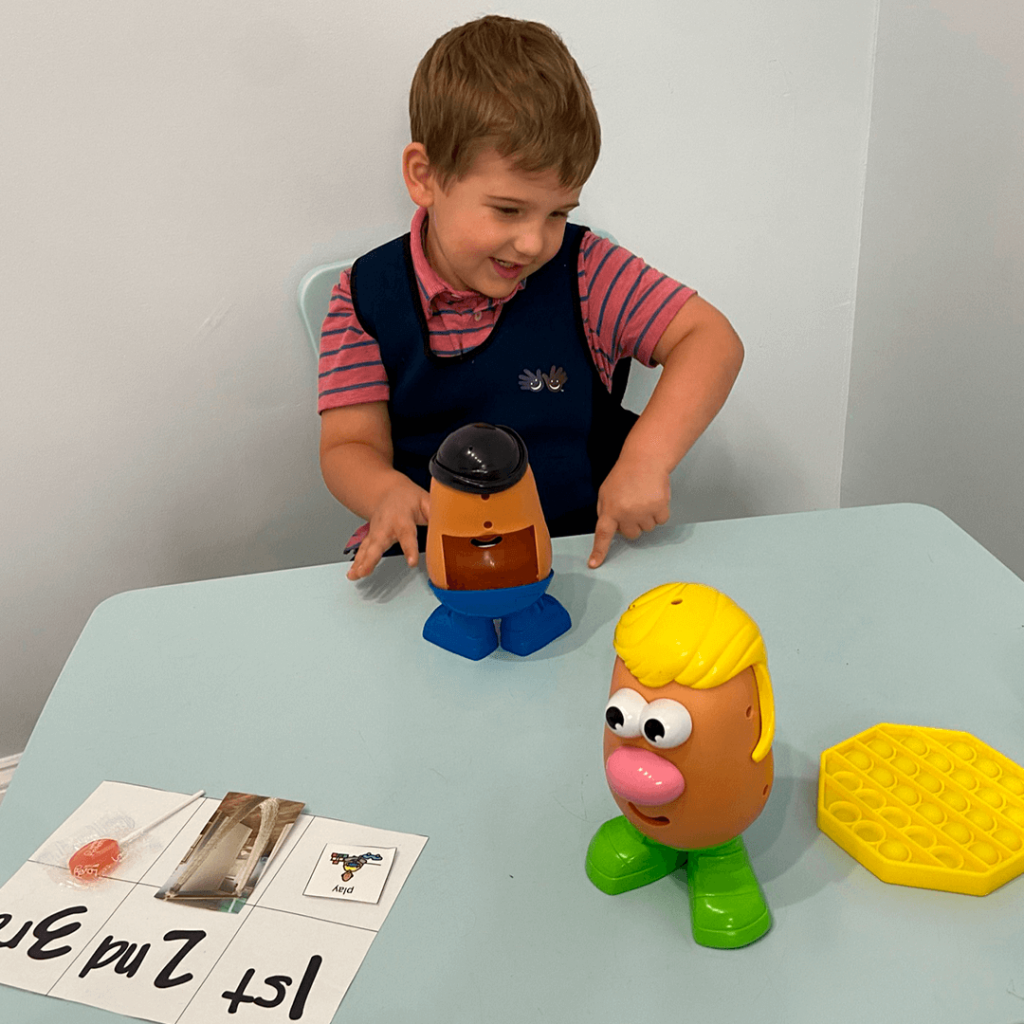Yoder et al. (2020) investigated the effects of treatment intensity on spontaneous language outcomes for children between 15 to 30 months of age. Children were randomly assigned to one of the four intervention groups:
- Discrete trial teaching for 15 hours a week
- Discrete trial training for 25 hours a week
- Naturalistic developmental behavioral intervention for 15 hours a week
- Naturalistic developmental behavioral intervention for 25 hours a week
Discrete trial teaching (DTT) is a systematic approach while naturalistic developmental behavioral intervention (NDBI) incorporates both behavioral and developmental approaches. The researchers found that more hours per week of therapy benefited the frequency and maturity of spontaneous communication growth for children with mild autism symptoms in both DTT and NDBI conditions. Both treatments may be used together to target acquisition of skill and then to shift to more generalizable targets.
Yoder, P., Rogers, S., Estes, A., Warren, Z., Munson, J., Hellemann, G. and McEachin, J. (2020), Interaction of Treatment Intensity and Autism Severity on Frequency and Maturity of Spontaneous Communication in Toddlers with Autism Spectrum Disorder. Autism Research, 13: 1902-1912.




